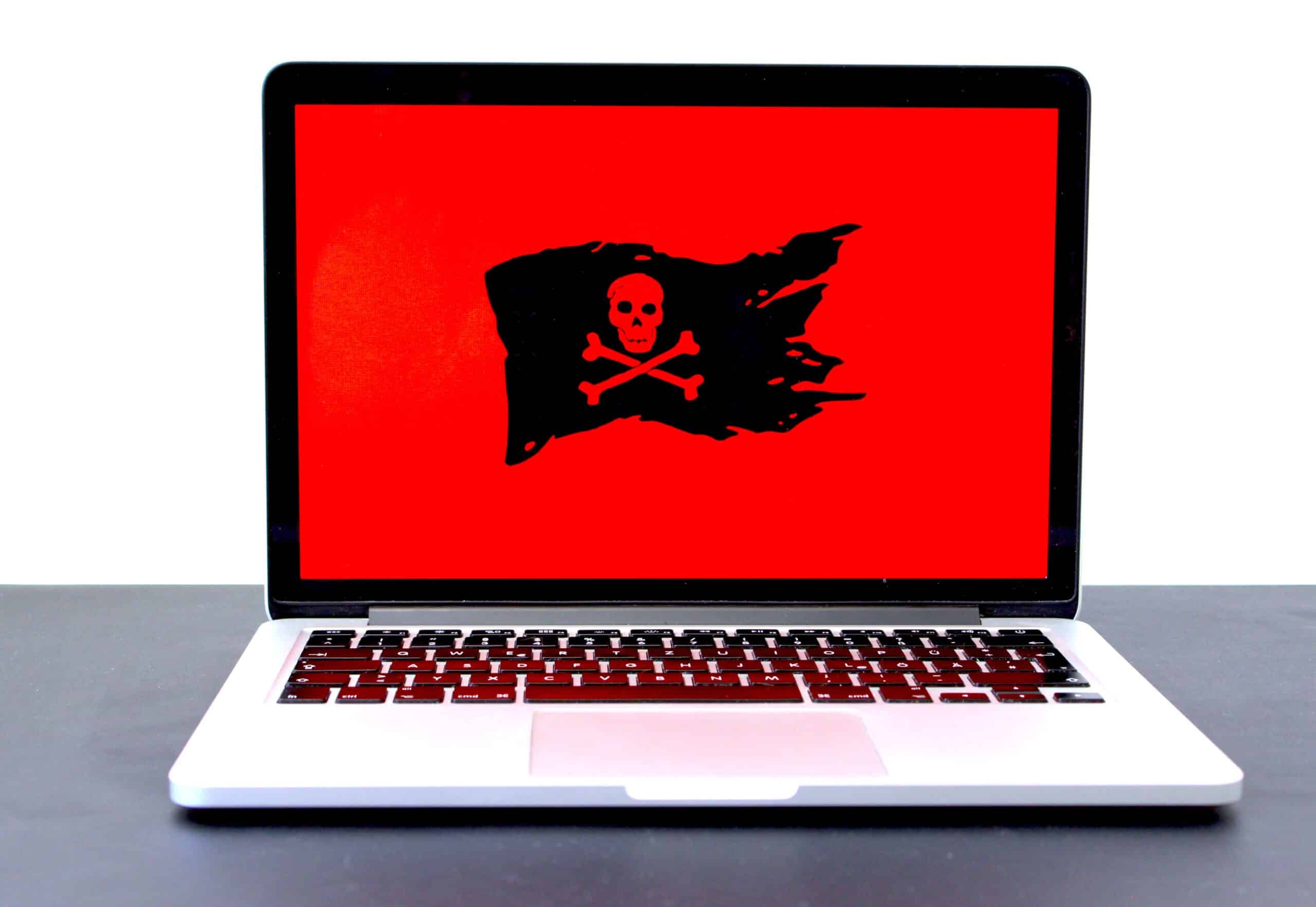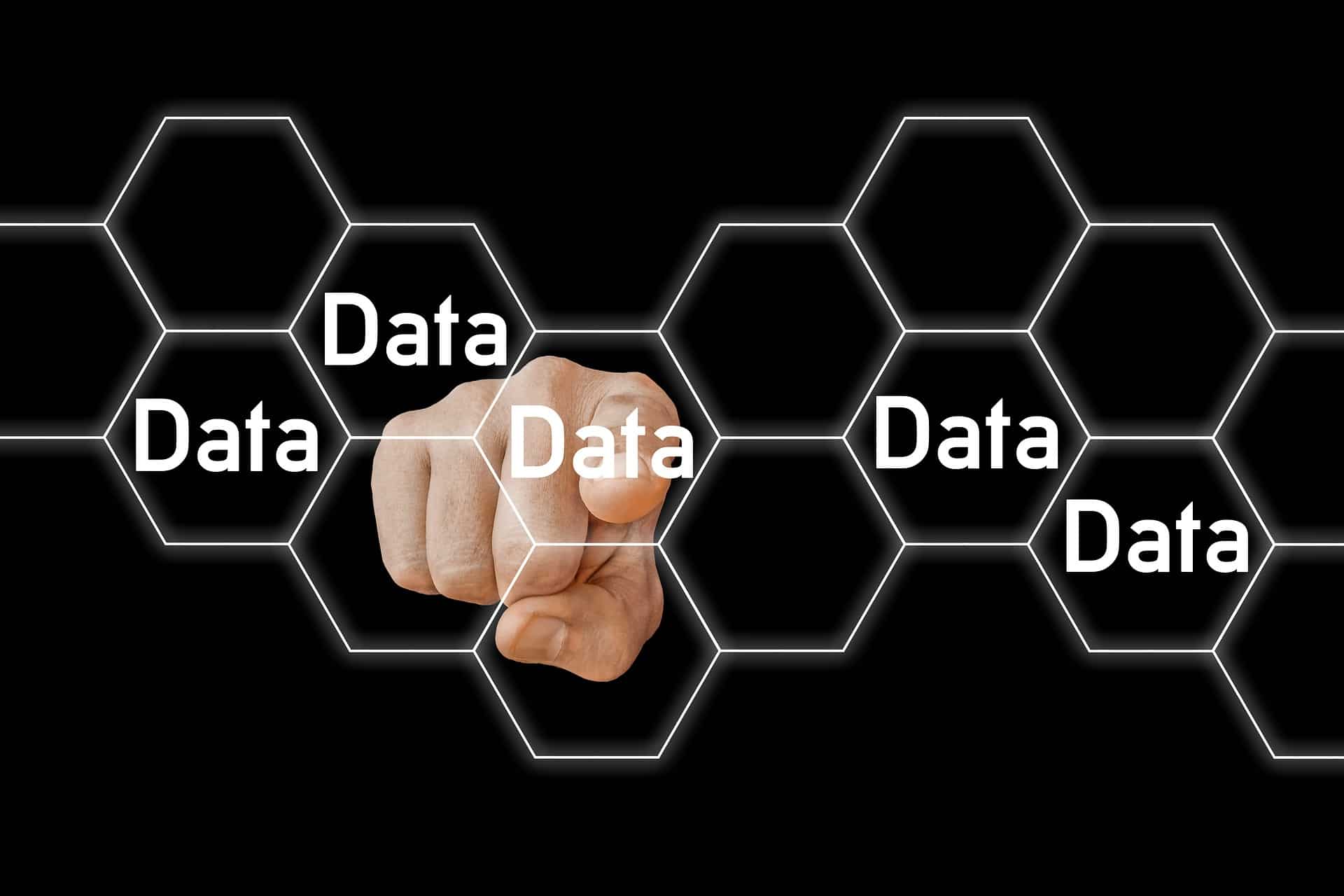In today’s day and age when businesses rely on technology as much as they do, it’s important to remember all the bad that comes with the good. While that same technology has brought a lot of benefits and made organizations more efficient than ever, it’s also made them more vulnerable.
Cybersecurity has been a concern for businesses both big and small, especially when it comes to ransomware attacks. Today, businesses suffer ransomware attacks every 40 seconds. So if you don’t take cyber security seriously, you won’t have a business for much longer.
If you’re wondering how to keep your data safe and handle any ransomware incidents that may come your way, you need to have a good strategy.
What Is a Ransomware Attack And Why Is It So Dangerous?
Due to mounting security concerns businesses face daily, they are always looking for new ways to protect themselves from every type of cyber attack, including ransomware attacks.
- But what exactly is a ransomware attack?
- Why is it so dangerous?
- And why is it so important to protect yourself against a ransomware threat?
Ransomware is a type of malware that, once it enters your computer, locks all of your files, folders, systems, and software. When this happens, all of your data becomes encrypted and you lose access to it.
The most obvious issue with ransomware attacks is losing precious business data and dealing with downtime, but there are many more risks that come with it. When ransomware attackers get access to your data, they have all of your sensitive files and folders at their disposal, including your financial data.
Usually, the hackers who perform ransomware attacks keep the data “hostage” and demand a ransom payment from the affected party to have that data released via a decryption key.
But sometimes even if you give into the ransom demand, the malicious party can still leak that sensitive information or sell it on the dark web. And if that sensitive data gets out, these ransomware incidents can cause your company to be liable for litigations and regulatory fines.
How to Protect Backups From Ransomware
Data is a precious commodity. That’s why businesses that want to ensure their data and systems are safe at all times know how important it is to perform backups regularly. Even if a ransomware attack occurs and your data gets stolen, having a recent backup in reliable backup servers can be a real lifesaver.
But what happens if those backups are attacked? A good ransomware backup solution that allows for immutable backups should keep your data safe while it’s stored. The best way to protect your backed-up sensitive information is to stop ransomware attacks from ever happening.
Think about endpoint security
When choosing a security solution for your business, you need to take your infrastructure and risk level into account. The absolute minimum you need is a good firewall and anti-virus software, but that’s just the tip of the iceberg.
Ideally, you should work with a cybersecurity expert who will audit your systems and assess your threat environment so they can give you advice on the best way to protect your data.
If you’re using the cloud to back up your data, you will benefit from all the cybersecurity protection these services offer. If you’re not sure how the cloud works and how exactly it protects your data, this beginner’s guide to cloud backup services should help you get a better idea.
Educate your employees about malicious attacks
- Educate your employees on the different ways someone could maliciously attack your business and what they should look out for.
- Update your security policies.
- If possible, provide your employees with regular security training to help them recognize and prevent ransomware attacks and email threats.
Be smart about how you back up
When backing up your data and files, make sure to create three copies of your systems and keep one of those copies off-site, ideally on the cloud. And if you want to ensure your backups are safe from malware, store one copy offline.
Offline backups should be at the top of your list of priorities. Most companies see it as an important rule for backups since malicious parties have a way of getting to your offline storage.
Another important tip is to think of a ransomware backup strategy made for NAS. If you use network-attached storage, a cloud storage provider is also a good option if you know how to find the best cloud backup for your NAS.
Always be on the lookout
The first thing ransomware will attack is the device the data is downloaded onto. If you’re constantly monitoring your devices, you can spot changes in real time. Ransomware always causes some sort of anomaly, and if you spot it on time, you can prevent further damage.
Ransomware Recovery Tips
The point of a ransomware backup is to create reliable backups and be able to access your data and files stored in backup systems in the case of an attack.
Of course, you should do everything in your power to stop those attacks from happening, but if they do, you’ll be glad you opted for a secure backup. Aside from a good ransomware backup strategy, you also need a ransomware recovery strategy.
Create a risk and security assessment
When preparing for a potential ransomware attack and recovery, you need to start by taking a look at your Active Directory, finding any possible issues within it, and fixing them. Try to find any indicators of exposure and vulnerabilities that may lead to a possible attack.
Creating a good disaster recovery plan starts with Active Directory, but it doesn’t finish there. You need to have a full understanding of all your systems and how they operate so you can create a risk and security assessment for all of them.
Create a chain of command
Creating a risk and security assessment for your Active Directory is an important first step. But when you’re doing it, make sure to think about who is handling which responsibilities during an incident response.
When you predefine recovery and migration actions, make sure to specify who, when, where, and how will put those actions into place so you can ensure rapid recovery. Create a chain of command that will ensure every team member knows what to do and how to act in case of ransomware incidents.
Don’t let your budget be an excuse
Companies without a disaster recovery plan usually blame their lack of recovery or even preventive measures on a small budget.
However, keep in mind that the average cost of ransomware is between $570,000 and $812,360. Therefore, it will be much cheaper to find money in the budget for a disaster recovery plan and immutable storage than for a ransomware attack.
Don’t just rely on Active Directory
Your disaster recovery plan also needs to have certain technical components, and they shouldn’t have anything to do with Active Directory. Some backups need to be isolated such as your data backups, documentation, server backups, and password vaults, all of which require different backup systems.
Ransomware Protection Solution and Strategy
If you take a proactive approach to protecting your business from ransomware attacks, you’ll probably never need to use your disaster recovery plan.
A good protection strategy isn’t difficult to create as long as you follow these tips:
- Map out all of the services, devices, and applications you have attached to your network so you can know what you’re protecting from cybersecurity risks.
- Set up regular access reviews for everyone who has access to your level to ensure they have the appropriate level of permission.
- Use cybersecurity solutions that will help protect you from ransomware and outside attacks and threats. They should also allow you to cover your weak spots.
Don’t Take Your Chances With Ransomware
In the modern business world where organizations rely on their networks, data, and files for everyday business operations, just one malicious attack could lead to disaster. Seeing as how ransomware victims can lose everything in a matter of minutes, protection against ransomware attacks should be taken seriously.
Of course, that doesn’t mean you need to be paranoid about it. However, you do need to have a good plan if an attack happens, which includes a solid ransomware backup strategy and solution. These attacks can be stopped in most cases, but even if you don’t manage to stop an attack, at least you won’t lose precious data.



